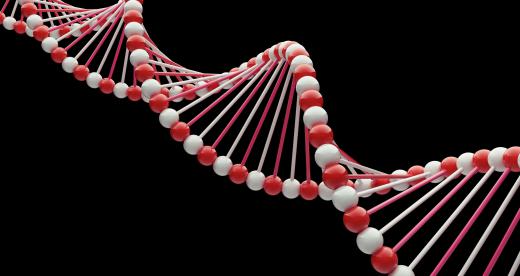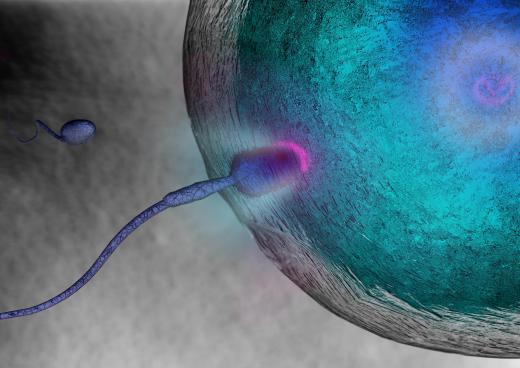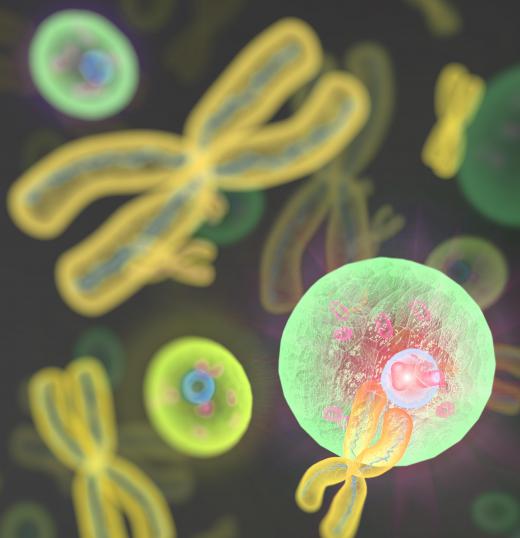What is Homologous Recombination?
 Mary McMahon
Mary McMahon
Homologous recombination is a form of genetic recombination in which two similar DNA strands exchange genetic material. This type of genetic recombination is also known as general recombination, and it occurs across the spectrum of living organisms, illustrating the fact that it has been an important part of life on Earth for a very long time. A number of functions can be served through the process of homologous recombination, and in fact, the process is probably occurring in your body at this very moment.
One of the major roles for homologous recombination is in meiosis, in which the body creates genetic material for the purpose of reproduction. The goal of meiosis is to generate sets of haploid chromosomes which include half of someone's genetic material so that the DNA can join with another set of haploid chromosomes from someone else to create a complete set of DNA which can be used to develop an entirely new organism. However, if someone's DNA was simply split down the middle during meiosis, this wouldn't promote very much genetic variation. This is where homologous recombination comes in; the DNA is actually shuffled to create an entirely unique set of haploid chromosomes.

In sexual reproduction, homologous recombination promotes genetic diversity. It can also result in the spontaneous emergence of new genetic traits if the process goes awry. This process explains why children from the same two parents can look radically different, as they all contain parts of the DNA of their parents, but not necessarily the same parts.

This process is also involved in DNA repair. Cells can use homologous recombination to fix DNA which has been damaged in some way, so that it can continue to function. DNA structure is constantly being damaged by a wide variety of factors, and without the ability to repair DNA damage, the cells in the body could develop serious problems. As evidenced by medical conditions caused by damaged DNA, DNA repair is not always effective.

Genetic engineers also utilize homologous recombination in their work. It allows them to target a specific area of the genome for modification, allowing for the insertion or deletion of genes without damaging or changing the genome as a whole. As the field of genetic engineering advances, the technique is refined and adjusted. Labs which study the genomes of various organisms often have equipment which can be used for homologous recombination, and the technique can be used for everything from studying the impact of various genes on physical development to creating custom lab animals for experimentation.
AS FEATURED ON:
AS FEATURED ON:














Discuss this Article
Post your comments